Sourcing restrictions to slow wood pellet export
Following high demand in the world market, the prices of wood pellets have increased by 1.4-1.6 times compared to last year, creating opportunities for Vietnam’s wood pellet industry to expand production and export. According to statistics of the General Department of Forestry, the export value of wood pellets continuously increased from $145 million in 2017 to $603 million in the first 10 months of 2022.
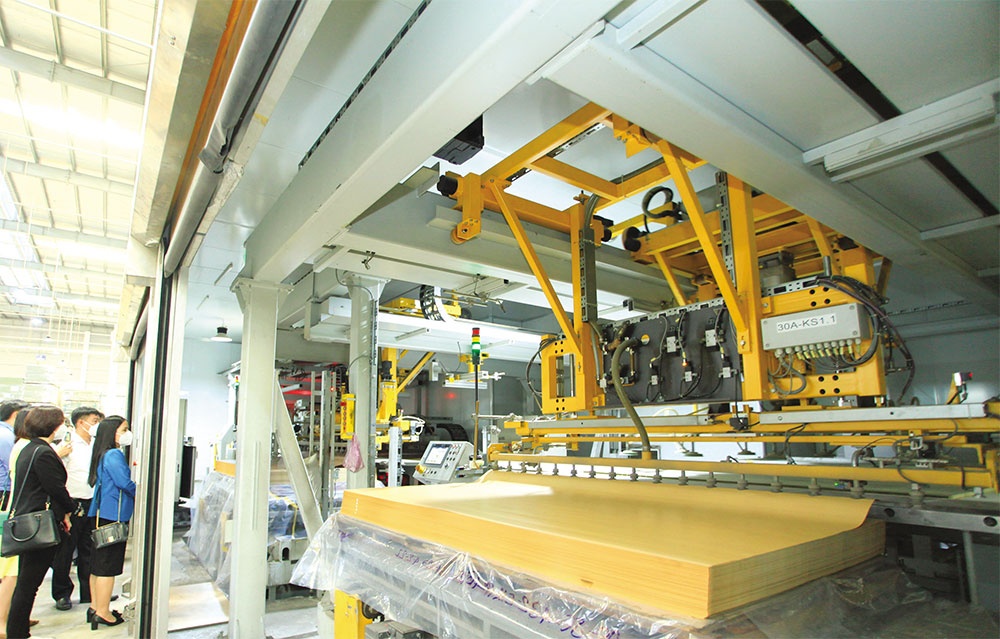 |
| Major western markets are lacking in millions of tonnes of wood items, such as pellets, photo Le Tien |
With its current growth momentum, the Association of Vietnam Timber and Forest Products (Viforest) forecasts that the export turnover of biomass wood pellets in the whole year of 2022 may reach about $700 million. In the near future, the export of pellets could even reach over $1 billion. Viforest also noted that, in the first months of 2022, some exporters have signed export orders to South Korea for $150-160 per tonne, an increase of about 19.4 per cent compared to the end of 2021. Meanwhile, the export price to Japan fluctuates between $140-145 per tonne, up about 10 per cent.
However, Vietnam “cannot accelerate exports due to the lack of certified wood materials,” said Nguyen Thanh Phong, general director of Phu Tai Bioenergy JSC in Binh Dinh. “FSC certificates need to meet the requirements of markets like Japan, the largest export market of wood pellets. There are even businesses that are not running at full capacity due to insufficient raw materials,” Phong added.
Nguyen Hoang Tan, vice president for Energy Asia at the Swedish CellMark Ltd., just returned to his office in Ho Chi Minh City after a business trip to Quang Ninh. He met pellet producers and discussed cooperation and export opportunities for this product to Europe. “The Russian-Ukrainian conflict caused Europe to lack three million tonnes of pellets,” Tan said.
According to market watchdog Wood Resources International, 40 per cent of wood pellets in Europe are used for residential heating, 36 per cent as feedstock for power plants, and 14 per cent for heating commercial buildings.
“Europe lacks pellets, but exporting Vietnamese pellets to Europe remains difficult because of the quality and the requirement on FSC certificates,” Tan said.
Currently, the price of electricity-generating pellets is about $400-450 per tonne and the price of residential heating pellets is about $530-540 per tonne. Meanwhile, Vietnamese pellets costs only around $200 per tonne.
“CellMark has a research team dedicated to the export of wood pellets from Vietnam to Europe, but they have not been able to export anything for six months,” Tan revealed. “We also consider the option to collect pellets from many suppliers, concentrated in 2-3 ports. However, this option has two difficulties. Firstly, the quality is not uniform, and there may be issues with certificates on each cargo ship. Secondly, there is a lack of large-scale warehouses, meeting the capacity of 40,000 tonnes per ship to Europe.”
In North America, there have recently been many new pellet factories with a capacity of over one million tonnes. Some North American buyers have turned to the European market for pellets, while some European buyers have boosted their purchases from South Asian supplies for export to Japan and South Korea. Market movements have helped CellMark determine that “the demand for pellets in Europe may only exist in the short term,” Tan said. “The next 3-5 years may be enough for Europe to replace pellets with another energy source.”
This year, CellMark plans to export about 800,000 tonnes, mostly to Japan and South Korea. Vietnam acts as the main source of this plan as it accounts for 90 per cent of the total output. The rest will be procured from Malaysia and Indonesia, Tan explained.
Vietnam’s pellet production and export industry has only been developed for more than a decade, mainly meeting the demand for input materials for the development of bioelectricity in South Korea and Japan. With the trend of green consumption lately, the export of wood pellets is growing strongly thanks to them being considered as an alternative solution to fossil fuels because of low emissions, renewable ability, and low cost.
More growers in the central province of Nghe An expect to get higher economic benefits per unit of planted forest thanks to the association with biomass fuel. The central region of Vietnam is creating sources of FSC-certified wood pellets, one of the output components of plantation timber.
Models like the joint developments of FSC-certified plantations in Thai Nguyen, Thanh Hoa, Nghe An, Danang, and some other localities, are typical examples of links between wood pellet manufacturers, exporters, and households planting forests in mountainous areas.
However, the certification process can take 3-5 years, said Eisuke Nomura, general director of Biomass Fuel Vietnam Co., Ltd. “We will be able to guarantee our output at market prices, which will also meet the FSC requirements. Currently, we are providing technical and capital support to certified afforestation households in the growing communities.”
| Do Xuan Lap-Chairman, Viforest
Each year, Vietnam imports about 4-5 million cu.m of raw wood, of which 30-40 per cent is risky wood. These so-called risky wood imports have had negative impacts on Vietnam’s wood industry, especially in the export stage. The US Trade Representative’s 301 investigation on the industry at the end of 2020 was a typical example of this negative impact. The government and the business community are committed to removing illegal timber from the supply chain, both for export and domestic consumption. Converting raw materials from risky wood to other types of wood requires the convergence of many factors, including changing the habit of using natural wood, especially precious woods. It also requires supporting craft villages in supplying alternative timber materials and expanding output markets using alternative timbers. Nguyen Tuong Van-Vice president Vietnam Forestry Science and Technology Association
The EU and Vietnam have agreed to build a classification system for wood processing and exporting enterprises to facilitate production and business activities and encourage enterprises to comply with the law. However, it has not yet been possible to issue a FLEGT license for wooden furniture shipments to the EU. In order for the Vietnam Timber Legality Assurance System (VNTLAS) to operate for licensing, the Vietnamese wood industry must undergo an independent appraisal with the participation of an agency mutually agreed upon by the EU and Vietnam. However, it has not been possible to conduct an independent assessment of the system. Currently, most small- and medium-sized enterprises have not submitted documents to authorities for classification because assessment is not only about legal timber, but also about complying with all Vietnamese laws. |
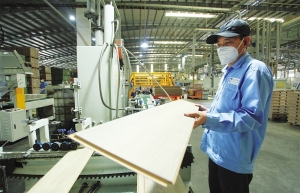 | Crucial certification needed to expand wood market The demand for FSC-certified wood is increasing, particularly from markets like the United States and Europe, forcing local wood processors to source more certified wood. However, this comes with a hefty price tag that increases the pressure on forest growers. |
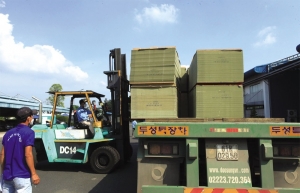 | VAT refund delays cause fear of bad debt for wood groups As VAT refunds represent a crucial part of the cash flow of timber processors, the current delay is throwing a wrench in the operations of woodchip, furniture, and other timber-based producers, leading related associations to call for easier regulations. |
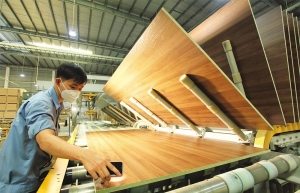 | Large inventories stifling wood production objectives High inflation has almost paralysed the output of several wood processing sectors in Vietnam at this time, with consumers cutting their use of wood and related products in major import markets worldwide. |
What the stars mean:
★ Poor ★ ★ Promising ★★★ Good ★★★★ Very good ★★★★★ Exceptional
Related Contents
Latest News
More News
- Businesses ramp up production as year-end orders surge (December 30, 2025 | 10:05)
- Vietjet chairwoman awarded Labour Hero title (December 29, 2025 | 13:06)
- How to unlock ESG value through green innovation (December 29, 2025 | 10:03)
- AI reshapes media and advertising industry (December 29, 2025 | 08:33)
- FPT and GELEX sign deal to develop blockchain tech for global markets (December 29, 2025 | 08:29)
- Vietnam’s GDP forecast to grow by 9 per cent in 2026 (December 29, 2025 | 08:29)
- Women entrepreneurs are key to Vietnam’s economic growth (December 29, 2025 | 08:00)
- Vietnam's top 500 value-creating enterprises announced (December 27, 2025 | 08:00)
- The PAN Group shaping a better future with ESG strategy (December 26, 2025 | 09:00)
- Masan Consumer officially lists on HSX, marking the next phase of value creation (December 25, 2025 | 13:20)

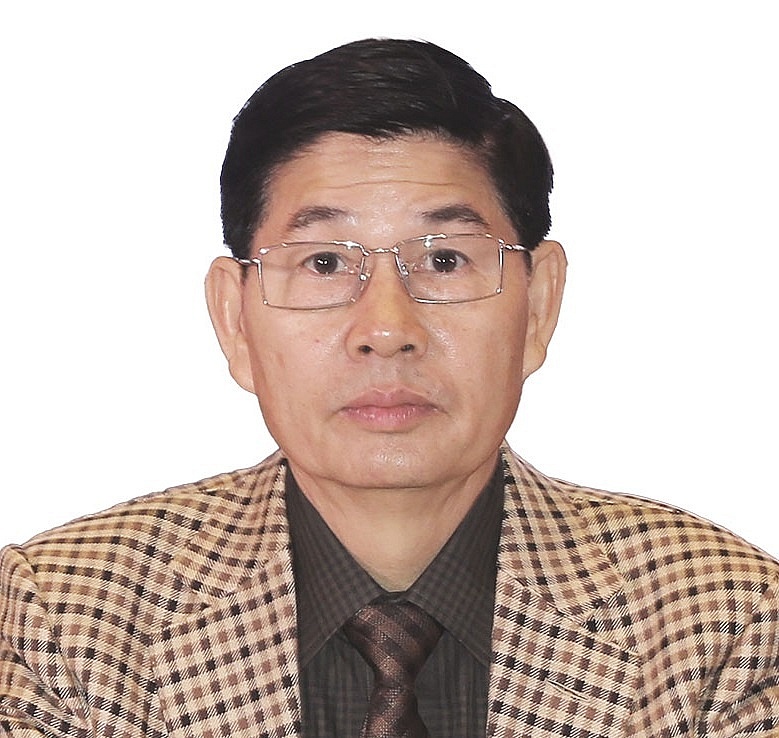

 Tag:
Tag:















 Mobile Version
Mobile Version